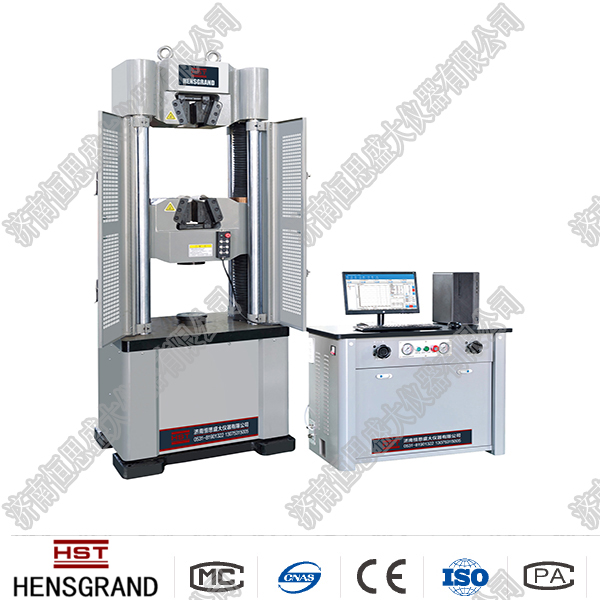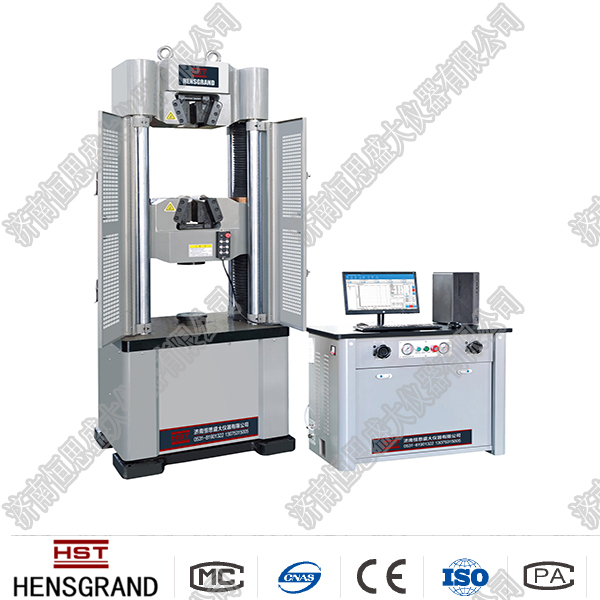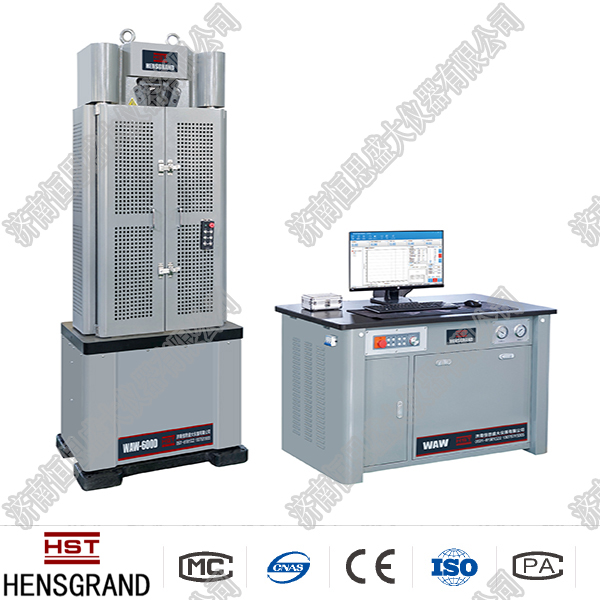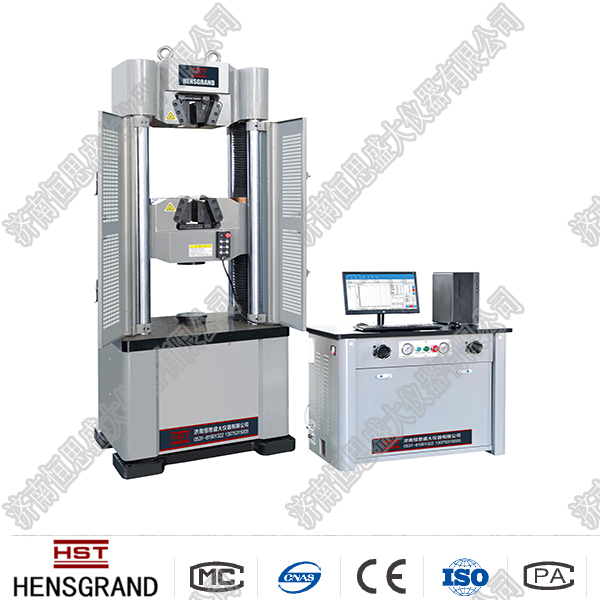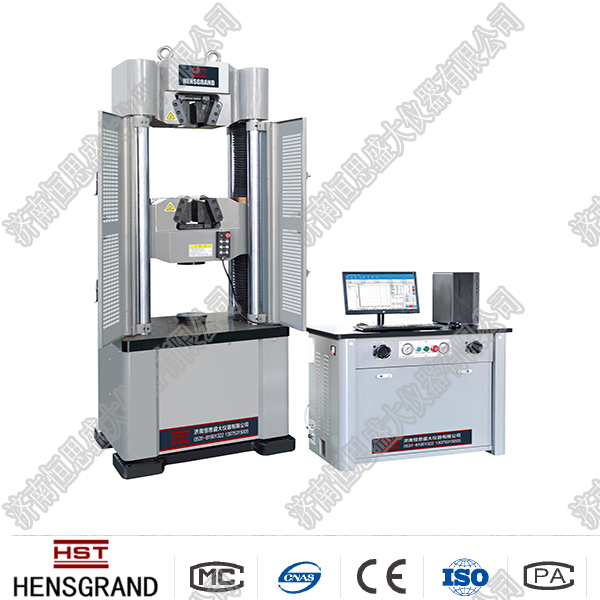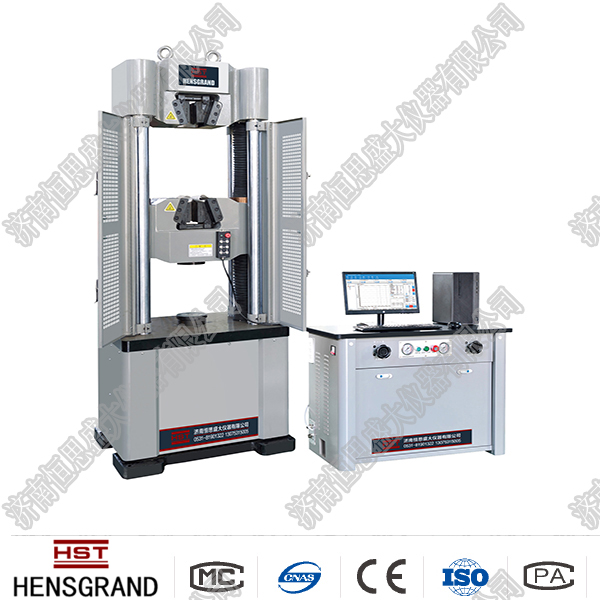Company News
Technical description of materials testing machine
Release time:2018-11-23 source:Jinan Hengsi Shanda Instrument Co., Ltd. Browse:
Technical description of materials testing machine
Material testing machine is a precision testing instrument that determines the mechanical properties, process performance, internal defects and verifies the dynamic imbalance of rotating parts under various conditions and environments. In the process of studying and exploring new materials, new processes, new technologies and new structures, the material testing machine is an indispensable and important detection instrument.
Material testing machine: It is an instrument and equipment that tests mechanical properties and process performance of materials, parts and components, also known as a mechanical performance testing machine.
There are many classification methods for material testing machines, and the common ones are:
1. According to the type of output source, there are mainly motor, hydraulic, pneumatic, electromagnetic, etc.;
2. According to the type of indicators at the end of the measurement, the main ones are digital display and pointer;
3. The main relationships according to the load load received by the sample and the time are: static and fatigue machines.
4. According to the control method, it mainly includes open loop control (manual control) and closed loop control (automatic control)
For closed-loop control control types, there are: speed control, load control, deformation control, and position control.
5. According to the purpose, there are mainly general-purpose machines (universal machines) and special-purpose machines.
There are many types of special machines, such as cement press, red brick press, line bending fatigue machine, soft worry machine, electric porcelain bending and twisting machine, horizontal pulling, etc., far balance machine, far three-axis, vibration table.
.The tests for material testing functions are:
Stretch, compression, bending, tearing and peeling, shearing, etc.
Mechanical properties, also known as mechanical properties, properties presented by material resistance and deformation
1. Mechanical properties include strength. Elasticity, plasticity, creep, fatigue and strength, etc.
2. Definition of strength: Under the action of external forces, the ability of materials to resist various deformations and damages
3. The strength indicators include yield point, tensile strength, fatigue limit, creep limit, long-lasting strength, etc.
4. Tensile test (strength indicators include: spring modulus, specified non-proportional elongation stress, tensile strength, force, etc.
Recommended productsPRODUCTS


















